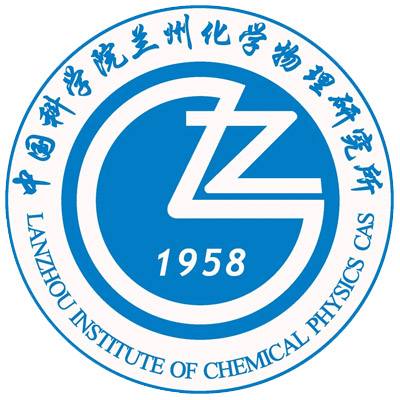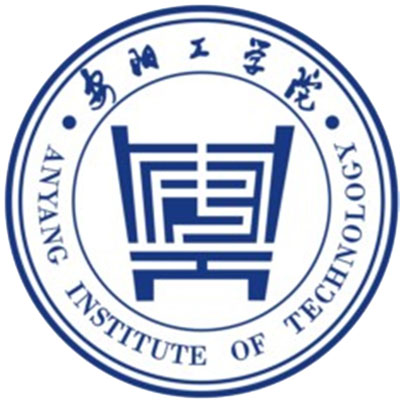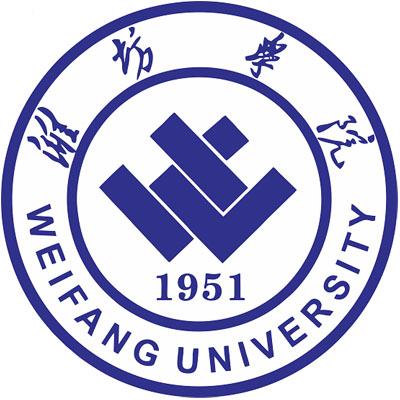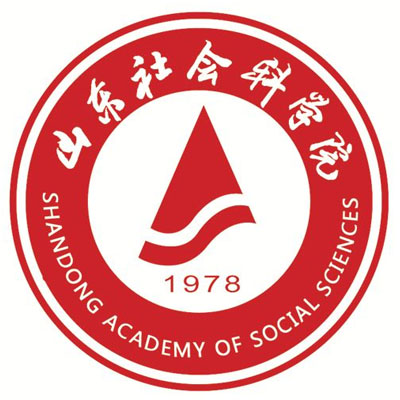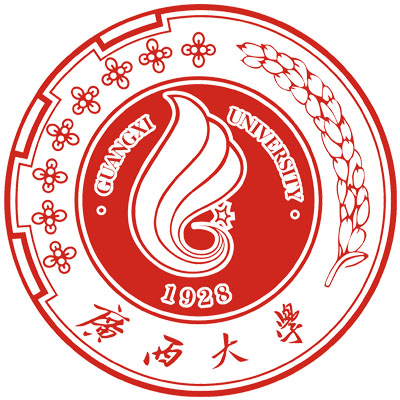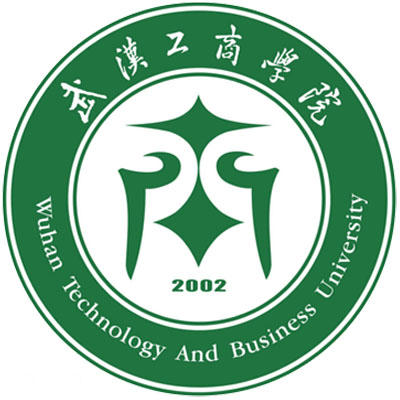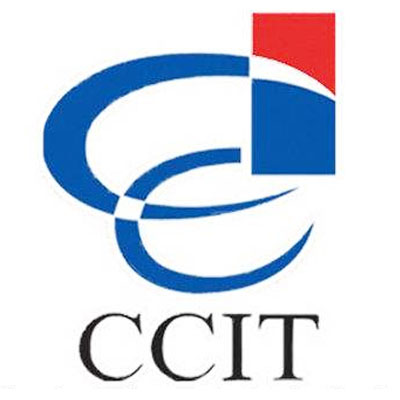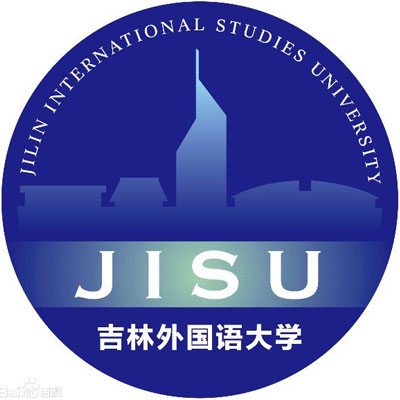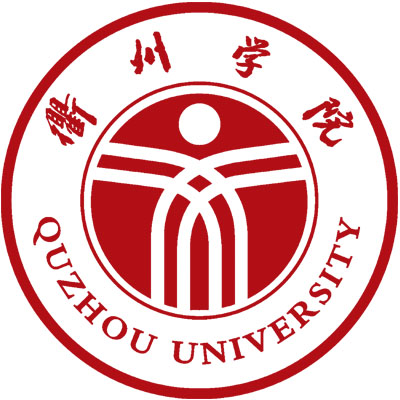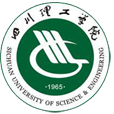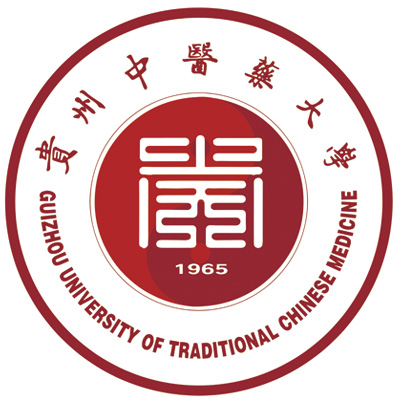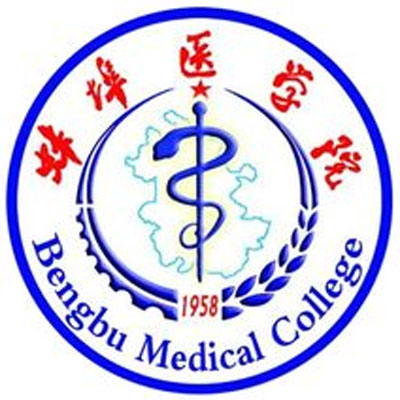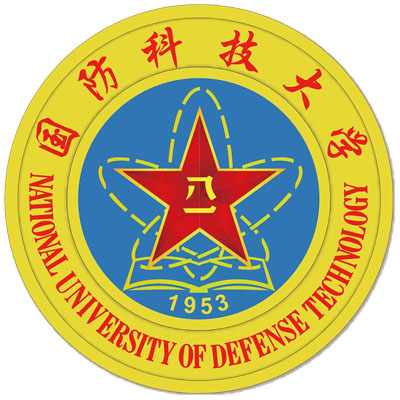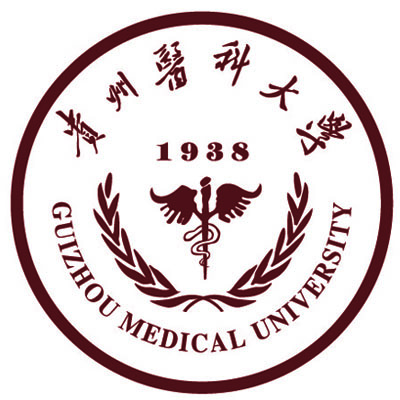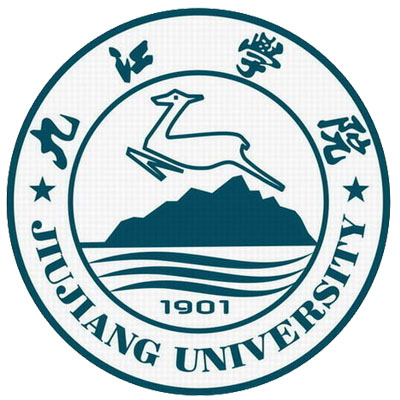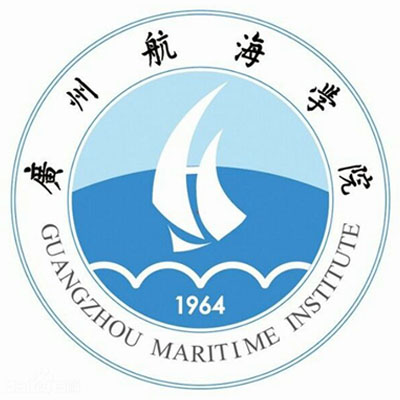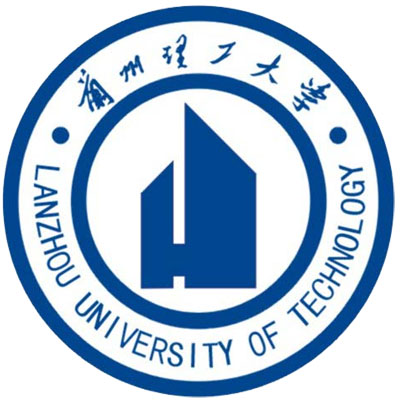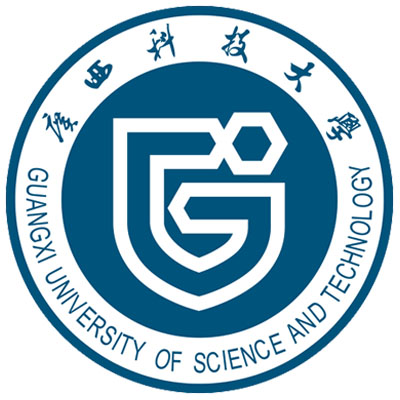丹麦哥本哈根大学2022年招聘博士后(多重生物成像方法研发)
哥本哈根大学 (英文: University of Copenhagen; 丹麦文: Københavns Universitet;简称:UCPH / KU)坐落于丹麦王国首都哥本哈根,是丹麦最高学府,4EU+联盟、国际研究型大学联盟、欧洲研究型大学联盟、欧洲首都大学联盟、欧洲大学协会成员。大学建于1479年,已有500多年历史,从最初只对社会名流开放,现已发展成一所学科全面、集教育与科研于一身的世界研究型大学。
Postdoc in development of multiplexed bioimaging method
Copenhagen University
The Department of Chemistry, Faculty of Science at University of Copenhagen invites applicants for a Postdoc position in development of multiplexed bioimaging method.
Start date of the position is 1 April 2023 or as soon as possible thereafter. The position is initially offered for 2 years with an option of extension.
Background: The research group of Assistant Professor Junsheng Chen at Nano-Science center and Department of Chemistry invites applicants for a Postdoc position in the development of multiplexed bioimaging method. The project is part of the research project “Subcellular multiplex imaging with ultrabright fluorescent nanoparticles”, start in January 2023, led by Assistant Professor Junsheng Chen, financed by Novo Nordisk Foundation.
The project The project aims at developing imaging method to achieve multichannel super- resolution imaging with conventional fluorescence microscopy. Recently, we have achieved a breakthrough by developing the brightest full-organic fluorescent nanoparticles based on a molecular self-assembly approach, called: Small‐Molecule Ionic Isolation Lattices (SMILES). Besides their unsurpassed brightness, we also have the full control of the fluorescence emission color (from blue to near infrared) and fluorescence lifetime (from nanosecond to microsecond). In this project, we will extend the number of simultaneous detection channels and develop multiplex microscopy by combining the “normal” color channels with fluorescence lifetime channels imaging. We will use the developed multiplexed imaging method to tackle the key question about protein translation at the subcellular level.
Our research project is highly interdisciplinary including collaborations with physicists, chemists, medical researchers, and biologists in the industry and at universities. Throughout the project, the candidate will be trained to be truly an interdisciplinary researcher in a creative and cross-disciplinary environment.
Duties and responsibilities This project seeks to develop new multiplexed bioimaging method for deepening molecular-level understanding of protein translation at the subcellular level.
As a postdoc your work responsibilities will include but not be limited to:
You will need to perform optical setup development, data collection, analysis and communicate research work.
You will also need to participate in regular laboratory tasks within the research group as part of the normal daily activities in a team-driven laboratory environment.
Supervising master students and PhD students.
Teaching activities
It may also require participation in national and international conferences as agreed.
Qualification We are looking for a talented, highly motivated, and creative scientist who is interested in working with fluorescent bioimaging and optical spectroscopies. The ideal candidate will have a strong optics, microscopy background, in particular fluorescent microscopy and bioimaging.
The candidates are required to have a PhD degree or equivalent in chemistry, physics, optics, biological sciences or other relevant fields of science.
Documented hands-on experience in optical microscopy/spectroscopy.
Excellent scientific track-record, including at least one publication as first author in a high-quality, peer reviewed international journal.
The candidate must be fluent in English and have good communication skills, both oral and written. Demonstrate enthusiasm, motivation, and confidence.
the ideal candidate has several of the following qualifications:
Experience with optical setup alignment.
Basic knowledge of optical spectroscopy.
Experience with fluorescent bioimaging.
Hands-on experience with performing basic programming tasks (Labview, Python, Matlab, or C++) for instrumentation, data acquisition and data analysis.
Experience with supervision of students
Experience with fluorescence lifetime imaging (FLIM) is an advantage
As part of the University, we wish our staff to reflect the diversity of society and thus welcomes applications from all qualified candidates regardless of personal background.
Our group and research- and what do we offer? Light induced processes make the world bright and colorful. Furthermore, innovative ways of utilizing such processes have broad application possibilities in modern technology such as: bioimaging, solar cells, communication and photocatalysis.
Our group studies both the fundamental and applied aspects of the interactions between light and materials. In particular, we explore functions, underlying photophysics and photochemistry of fluorescent molecular materials and semiconductor nanomaterials.
We develop fluorescent materials and methods for bioimaging applications. We use femtosecond optical spectroscopy to reveal fundamental photophysical processes in these materials and provide a thorough understanding and guidance for developing new materials with improved performance. We carry our interdisciplinary research projects by collaborating with physicists, chemists, medical researchers, and biologists in the industry and at universities.
We offer a creative and exciting research atmosphere at the vibrant border between chemistry, physics and biomedicals.
Further information can be obtained via email to Assistant Professor Junsheng Chen: junsheng.chen@chem.ku.dk
Further information about the research group can be found at: https: // chem.ku.dk/researchsections/nanochem/jc-group/
Further information about the Nano-Science Center can be found at: https: // nano.ku.dk/ and Department of Chemistry at: https: // chem.ku.dk/
Terms of employment The position is covered by the Memorandum on Job Structure for Academic Staff.
Terms of appointment and payment accord to the agreement between the Danish Ministry of Taxation and The Danish Confederation of Professional Associations on Academics in the State.
Negotiation for salary supplement is possible.
The application, in English, must be submitted electronically by clicking APPLY NOW below.
Please include
Motivation letter
Curriculum vitae
ORCID
Diplomas (Master and PhD degree or equivalent)
Research Statement – description of previous experience with fluorescent imaging, optical spectroscopy, and interests for the future
Complete publication list
Separate reprints of up to 3 particularly relevant papers
If possible, please list up to three scientists that you have worked with closely in your past research. (We will contact you for your consent if we wish to contact these.)
The deadline for applications is February 1st 2023, 23:59 GMT +1.
为防止简历投递丢失请抄送一份至:boshijob@126.com(邮件标题格式:应聘职位名称+姓名+学历+专业+中国博士人才网)
中国-博士人才网发布
声明提示:凡本网注明“来源:XXX”的文/图等稿件,本网转载出于传递更多信息及方便产业探讨之目的,并不意味着本站赞同其观点或证实其内容的真实性,文章内容仅供参考。



